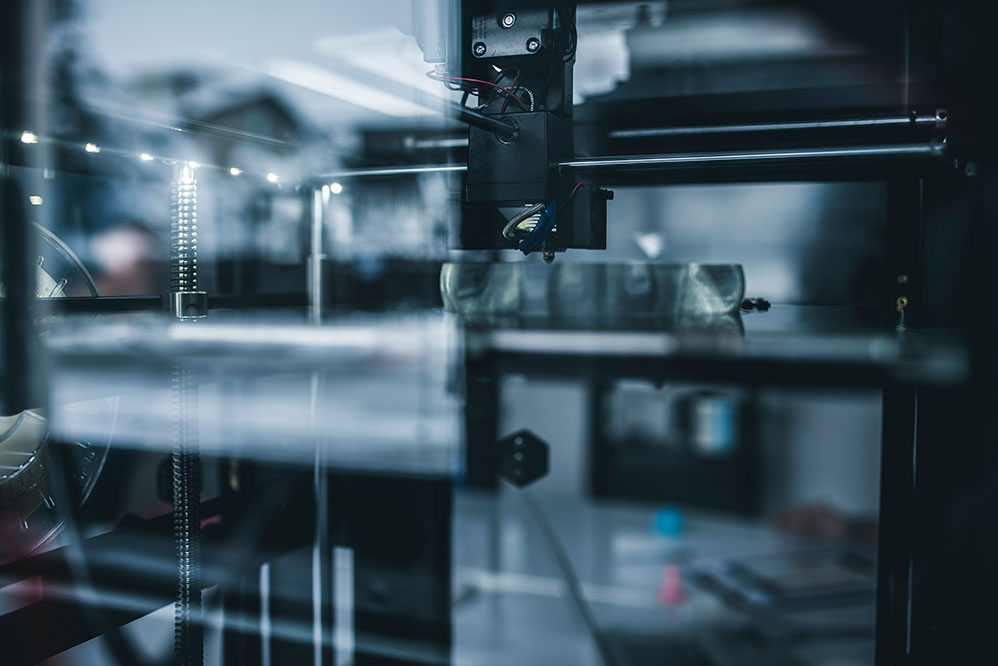3D printing techniques continue to advance especially in regards to the medical field. Here are some of the fields that have seen recent growth from medical 3D printed applications.
1. Prosthetic Limbs
Historically prosthetic limbs have allowed for some recovered limb associated functions, but past technology has still lacked rigidity to allow patients to complete a task requiring acute precision. That is until 2014 when US-based E-nable assisted in designing and printing the first 3D prosthetic limb.

2. Prescription Drugs
2016 marked the first FDA approval of a 3D printed drug. Computer World reports in the article entitled, This is the first 3D-printed drug to win FDA approval, “Pennsylvania-based Aprecia Pharmaceuticals said its 3D-printed Spritam (levetiracetam) tablets are used to treat epilepsy. The company is also working on at least three other 3D-printed drugs that it expects to eventually bring to market.”
3. Organ Replicas
Surgeons have turned to 3D printing in combination with other medical scanning devices to print life-size replicas of potential ops patients in order to get a more precise look at the area of concern. This has allowed for surgeons to better plan for surgical procedures which is sure to lead to an increase in successful procedures.
4. Replacement Bones
One man in London suffered from a rare bone cancer, chondrosarcoma, that was unresponsive to regular drug treatments and radiotherapy. The tumor in his pelvis, as well as, a large portion of his pelvis had to be removed only to be replaced with a 3D printed titanium pelvis.
5. Skin and Blood Vessel Replacement
A company called Bioprinting uses 3D printing to print living cells. Daily Mail reports in their article, Thanks to a new prosthetic, four-year-old Hayley can finally use her left hand: We reveal 5 medical marvels introduced by 3D-printing, Japanese scientist Professor Makoto Nakamura invented a printer able to produce matter similar to a blood vessel. U.S. firm Organovo also has plans to print the world’s first organ that is transplantable.



